|
This is where the word "Wind" comes from in winddancemotion.com. My friend and I took La Tortuga (my 29.9' Herreshoff designed Bristol) out for her first sail, under my command; another seasoned sailor led the way on his borrowed boat. Softly raining, the weather did not deter us from leaving, nor did the wind, though when my Mom texted me about the small craft advisory with wind gusts of 5-25 knots out of the SSW, we thought about it. Of course, by then we were already in the Puget Sound, having motored under the open South Park Bridge, the 1st Ave Bridge, and the Spokane Street swing bridge (which we don't have to open since La Tortuga isn't that tall). So, we sailed on.
After crossing the ferry route, we put up the Mainsail, and cut the engine. The wind was not crazy yet, and we had a fine time of it, eventually raising the Jib as well (with the wrong sheet, no less--apparently I used the Spinnaker halyard, which is a redundancy in case of losing the Jib Halyard.) This worked just fine, and thankfully, so did most else. It seems that if I move slowly, keep and eye out, and keep three points in solid contact with the boat, I do pretty well. Gregory was irreplaceable as first mate, as that meant I had someone to mind the tiller while I set the sails (she is a manual), hanking on, using the winches to hoist the sails, and then making my way cautiously back. Having no life lines, I used the jack lines, and found I'll have to get used to being hooked in to a line that runs along the outside of the boat. The way they work is this: 1. you wear a halter under your lifevest, or hooked to it. 2. you have put the floating red line in the water at the stern of the boat. This drops the swim step, and is easy to see. 3. you are still really careful going forward--feeling free to crawl at will 4. should you happen to fall off the boat, you are still attached, and the jack lines will allow you to move around to the back of the boat 5. when you arrive, you pull on the floating red line, the swim step drops, you pull the ladder, and climb aboard. Apparently, both the old owner and another sailor at the marina, have had bad experiences with lifelines. Those stories can be related later, but have convinced me to stay with this for now. I, of course, do not plan to have animals or children on board, so for now, I'll stick with what I have. Okay. Some lessons: 1. We have a clue about what to do when we get way too much wind: let the sails slack. Don't fight the boat, don't pull harder on the tiller, just let the wind spill from the sails by loosing the boom line (forgive me if I don't know all the terms yet.) We are not afraid to drop the sails! 2. We know what the redundancies of line are, and I can figure out which ones to use. 3. I know how to adjust the jib, tack on my own, and how to work the boat for bringing the jib jollily (is that a word) and in neat order directly onto the deck, and not partly into the water (which I also tried). 4. I found out I love sailing just with the foresail (the jib, genoa, oh dear--looks like I'll have to figure that out too). 5. I discovered a lack of knowledge of sailing terms. It would be useful in the sailing community, to both understand and be understood when asking questions...say, about that thingy-do, over there. Yes, that. 6. Liberty Bay is full of dark muck that comes up with the chain: hence why a 5 gallon bucket with a rope tied to the handle is a useful tool (also good for other purposes). I didn't have one. 7. It is lovely to have a friend telling you there's a sandbar that you didn't plan on. 8. Fresh water is also ballast--I have filled my fresh water tank, now. 9. The boom is adjustable, up, down, side to side, and there are reasons for that. We have learned some of them. 10. The loudly beeping alarm from the engine is a loose wire, not impending doom. 11. Everything I wired works: Radio, etc. 12. Alcohol stoves work just fine. Jambalaya supplied by a friend, and cooked together on my boat using that stove--well, that is irreplaceable. 13. I can come in so slowly that I can jump out and dock all on my own, should I need to do so. 14. Osprey's nest here, and sometimes fight with Blue Herons. Seriously! 15. The small black porpoises are really in existence here, and I have seen them! Well, the list could go on. In fact, I still don't know all I have learned. Here are photos; I'll leave the one's of family and friends to post elsewhere (less publicly, out of respect).
2 Comments
Added some medium to the back, as she was too transparent, and then coated the back with white, to increase her "thereness"
As many of you know, I loaded up a truck (thanks Dad!) full of art and set up a flash gallery in support of the work of Cosetta Romani, a beautiful yogi, and ceremony facilitator (puravitayoga.com). So, Kula Movement became an instant gallery, full of dancing people honoring the Earth, the moon, and each other. Beautiful.
And, this morning, I am beginning a new piece. Actually, it began last week with an abstract, now dry. I have flipped the canvas, and this beautiful person has asked to appear. Sharing some photos of my work here. I have been so fortunate to have these pieces choose me for their conduit.
i've begun the process of cataloging, photographing, and organizing work for Saturday. I'm surprised and overjoyed to discover I have A TON of work.
Finshing some paintings Friday evening, and hanging the show. This week, I stay in Seattle to finish preparation for my upcoming Art Show!
I am so excited to share my work. I finished sealing a painting, finished another painting, and started one today. I've been at the studio since 8:30 this morning. It is quite fun that I have the opportunity to work as an artist at many levels. Sometimes the work is as simple as creating stick figures to illustrate yoga poses. This is actually how I plan my classes, as well. I map out the class in stick figures so that I can focus my attention on the group of students, and not worry about notes. In fact, I usually plan the class, and never refer to the notes, but it helps me prepare mentally a toolkit around an intention for the practice for the day, so the work is not wasted. And, I have a journal full of illustrated yoga classes, as well as movement classes. As Captain of the vessel, La Torguga, I am proud to announce her maiden voyage up the Duwamish river and back, with at least 4 uturns completed, some backing, and a successful departure and arrival.
The battery photo is a before picture. I have re-done the jumpers off the positive terminal, wiring them to a fused block. The radio is now installed, and works. The A/C outlet is now installed and works. And, soon, I'll have the battery rewired --taking all the extra wires you see in the photo off the battery and onto a separate block that is powered by the battery and is fused. And then there is some art--played at figure painting last weekend. |
AuthorHeather Emanuel, is a Guild Certified Feldenkrais Method® Practitioner, Assistant Trainer, LMT, and Awareness Through Movement® facilitator. She also teaches Restorative Yoga. Free and subscription classes also are on PATREON.
As an artist, she has won accolades for her playful portraits. These days, she's pouring her creativity into her Feldenkrais work. Just as her art explores expression, playfulness, identity, and the possible, so do her movement sessions. Her art CV is here. Recorded classes on Patreon for free or a small subscription. Archives
January 2024
Categories
All
|
Heather Emanuel, GCFPSchedule Appointment
|
|

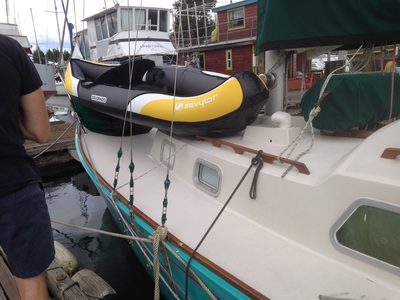
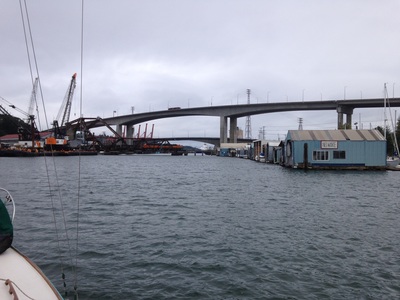
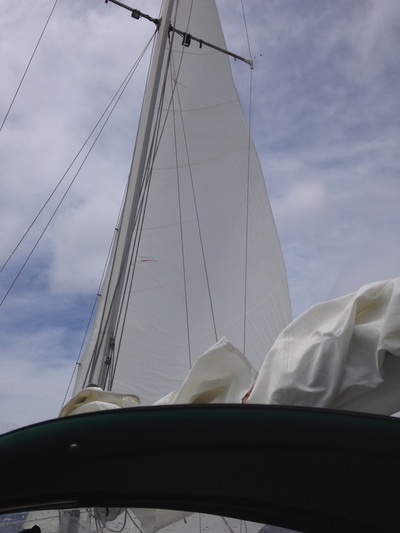
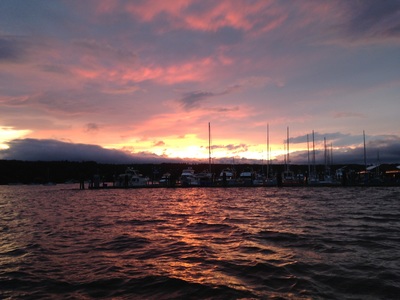
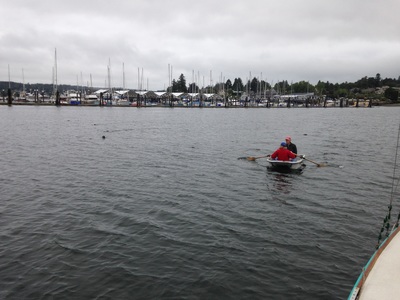
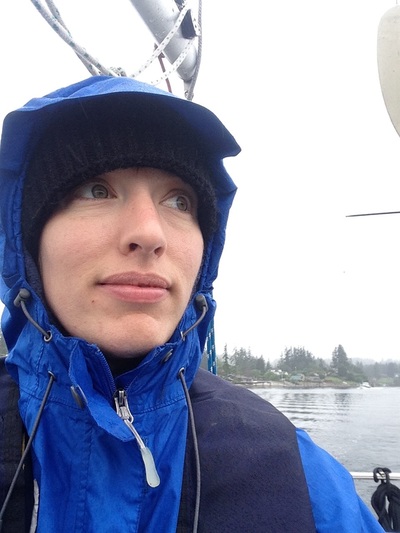
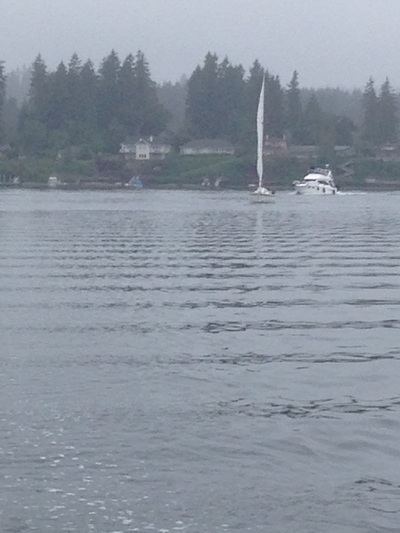


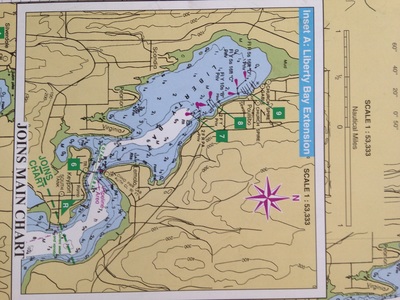

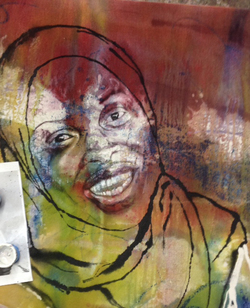
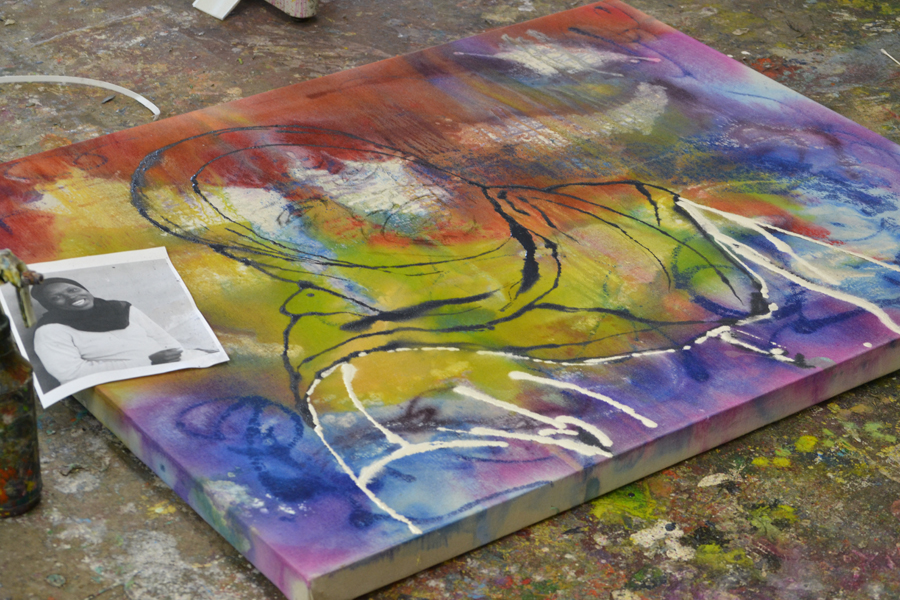
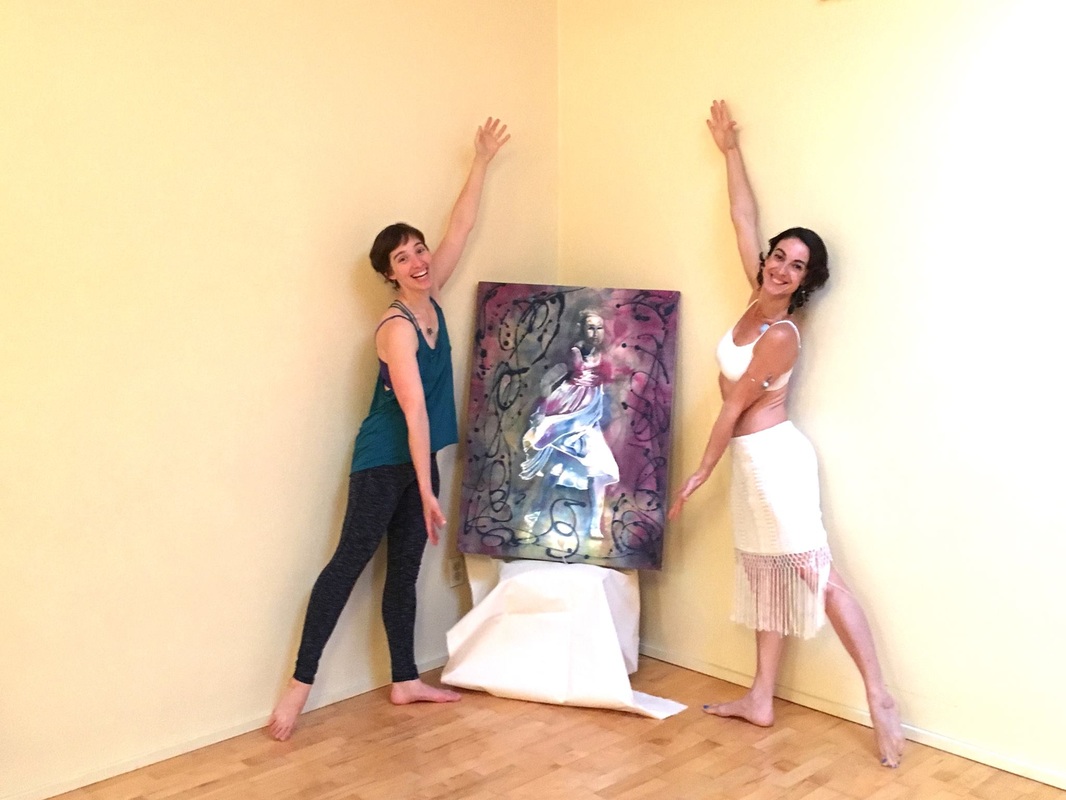
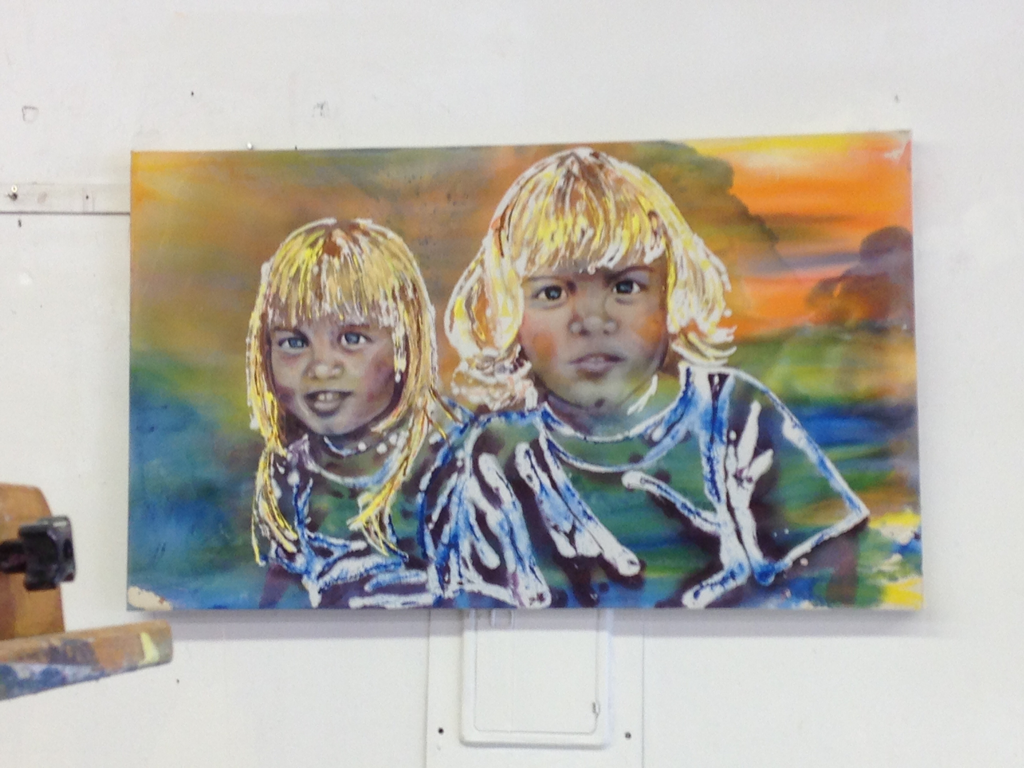




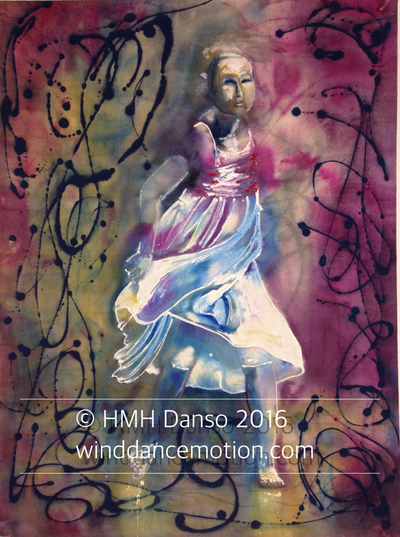
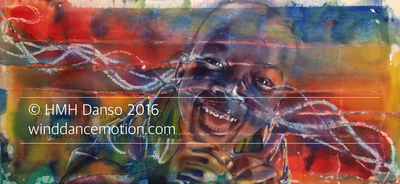






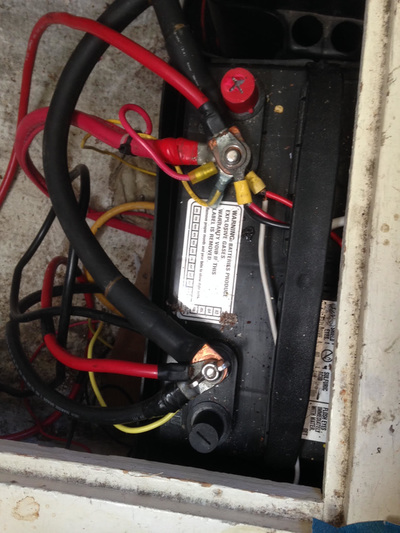
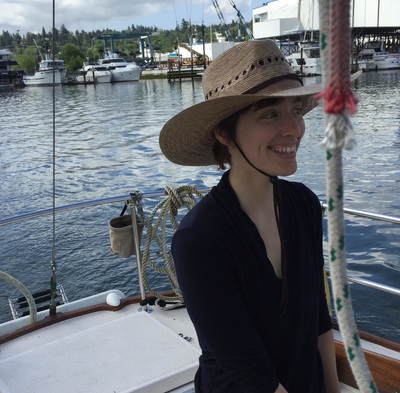
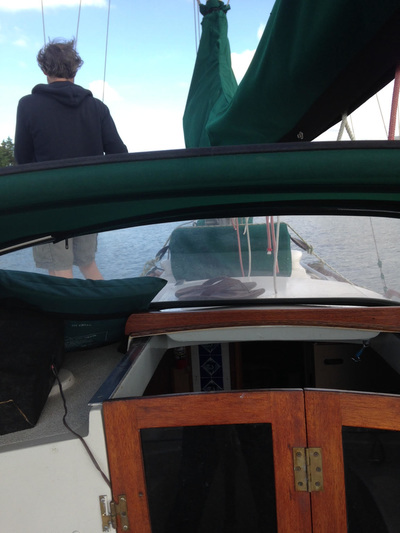
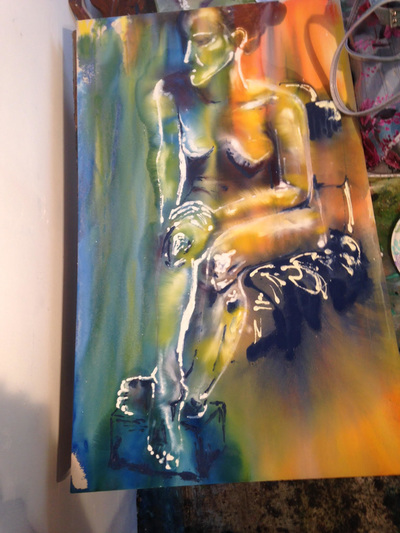
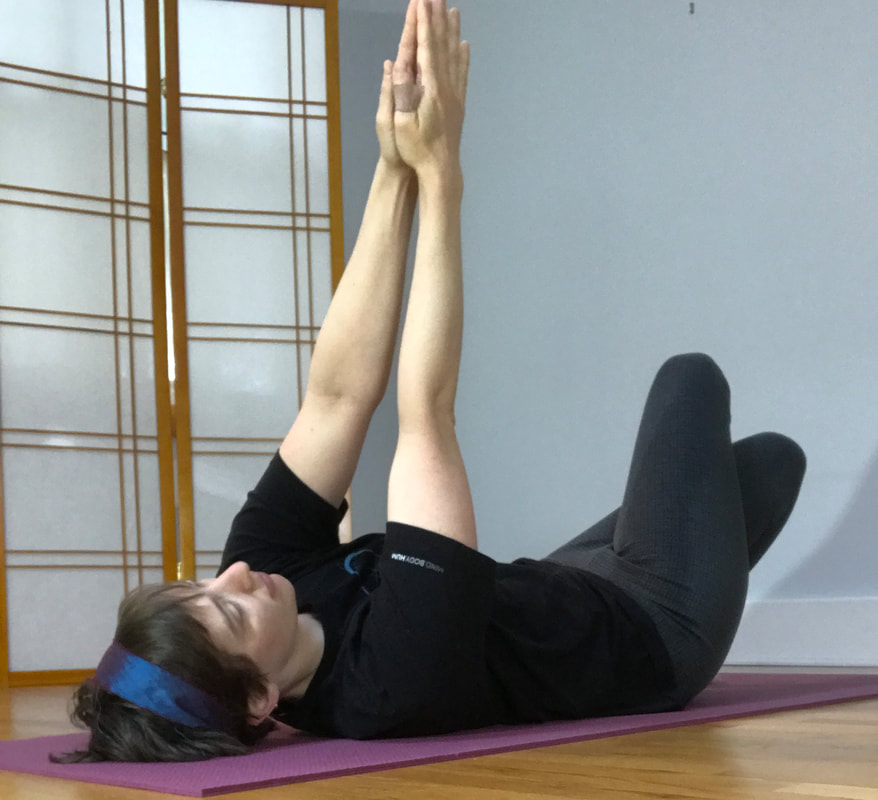
 RSS Feed
RSS Feed